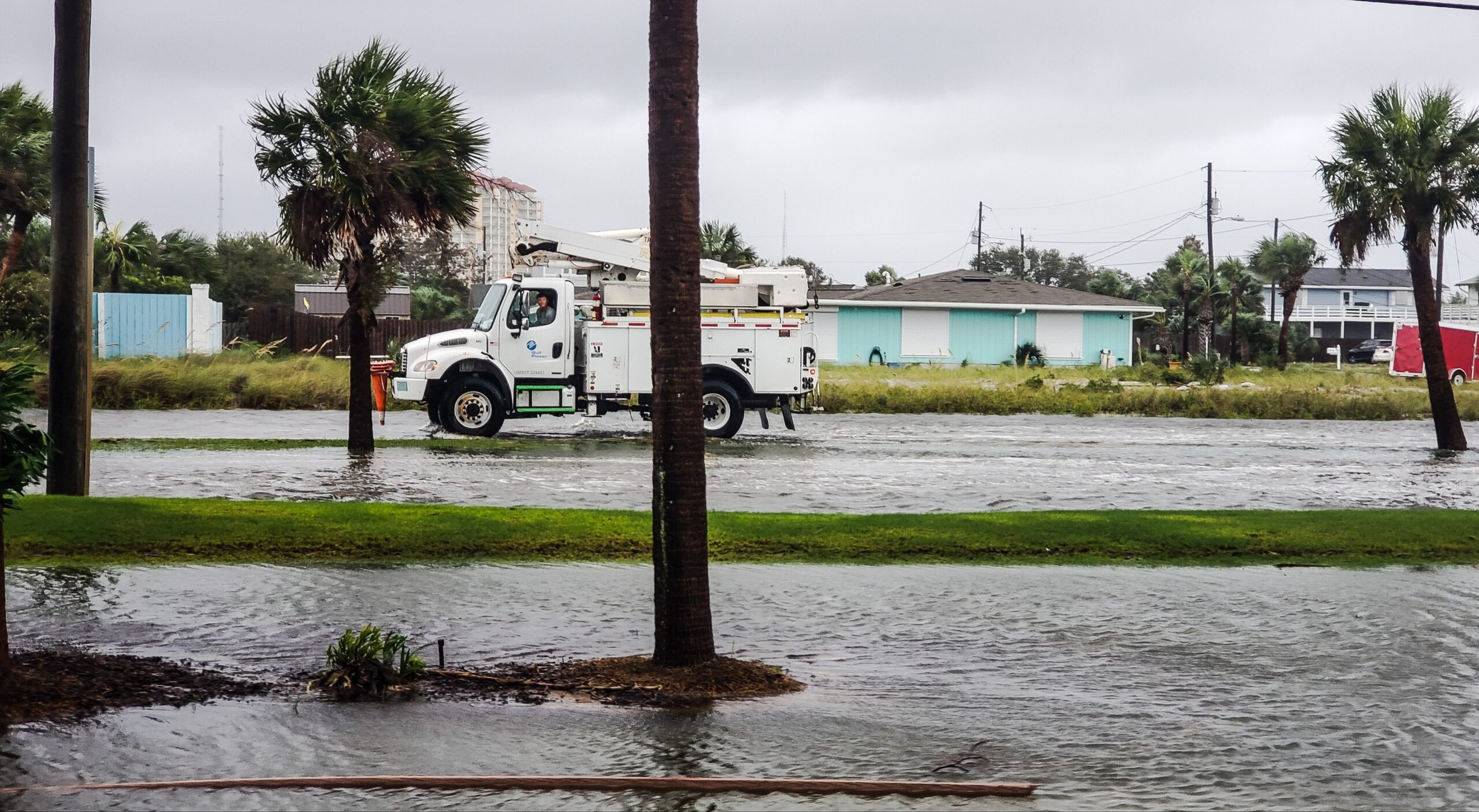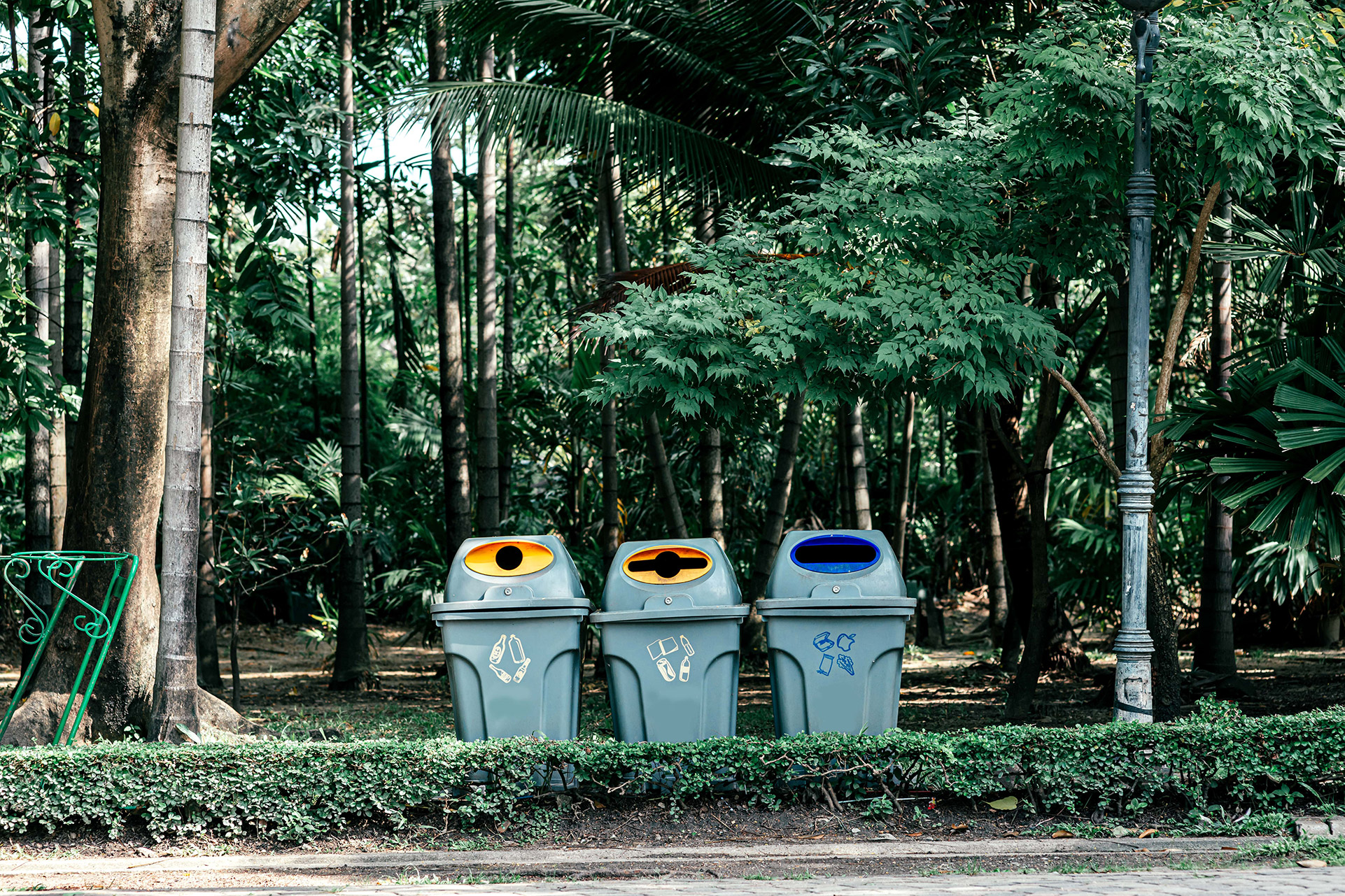Did you know that wetlands are the most diverse ecosystems in the world?
Wetlands, directly and indirectly, help humans in so many ways, and it is important that we understand how our ecosystem works and why we should take care of them. But first, let’s learn what a wetland is.
There are 3 main characteristics of a wetland that make it one of the most unique places on Earth
Because wetlands have underwater and above water ecosystems, they provide immense ecosystem functionality and countless ecosystem services.
Ecosystem functionality refers to the quality of natural processes that occur throughout the ecosystem and how well each organism works with the other. Examples of this can be high amounts of photosynthesis, sustaining specific climatic conditions, quantity control of water flow in and out of the wetland. An ecosystem with high functionality becomes more resilient and can recover faster from natural and human-caused disasters like floods, the introduction of non-native species, or land degradation.
Ecosystem services refer to benefits, or literal ‘services,’ the ecosystem provides for humans and other organisms that inhabit it. Some of the services that wetlands provide for us and other animals include water filtration, protection from floods, food sources, habitats for wildlife, and the prevention of erosion on the banks of rivers and lakes. The water filtration service is especially important for humans as these wetlands remove toxins from pollution and sediment. The water in wetlands is the same as we drink from our tap, so naturally filtering water instead of mechanically filtering water is better for our health and the environment.
If wetlands are so important to our land and all organisms that live in our world, why would anyone want to destroy them? Unfortunately, wetland areas are often inexpensive to purchase and then develop on.
When a wetland is damaged or destroyed, the ecosystem functions and services it once provided vanish. When a wetland is destroyed, flood intensity and frequency dramatically increase, water quality diminishes, and plant and animal habitats get destroyed.
A wetland takes hundreds of years to form and can be destroyed almost instantly. We are the ones destroying them, but we are also the ones directly feeling their impacts, so we need to reconsider how we use them.
Wetlands might be one of the most inexpensive types of land to purchase and develop, but they are one of the most valuable assets to the environment.










